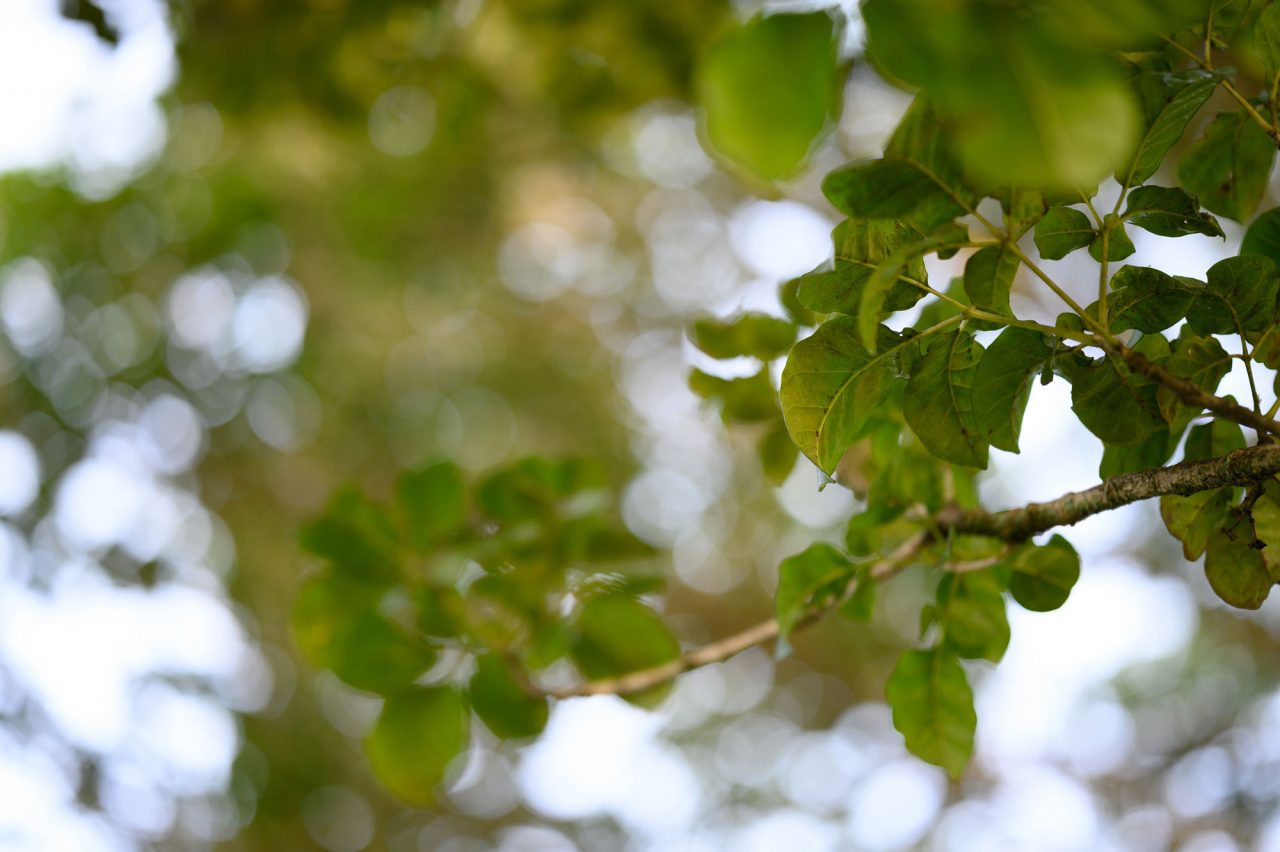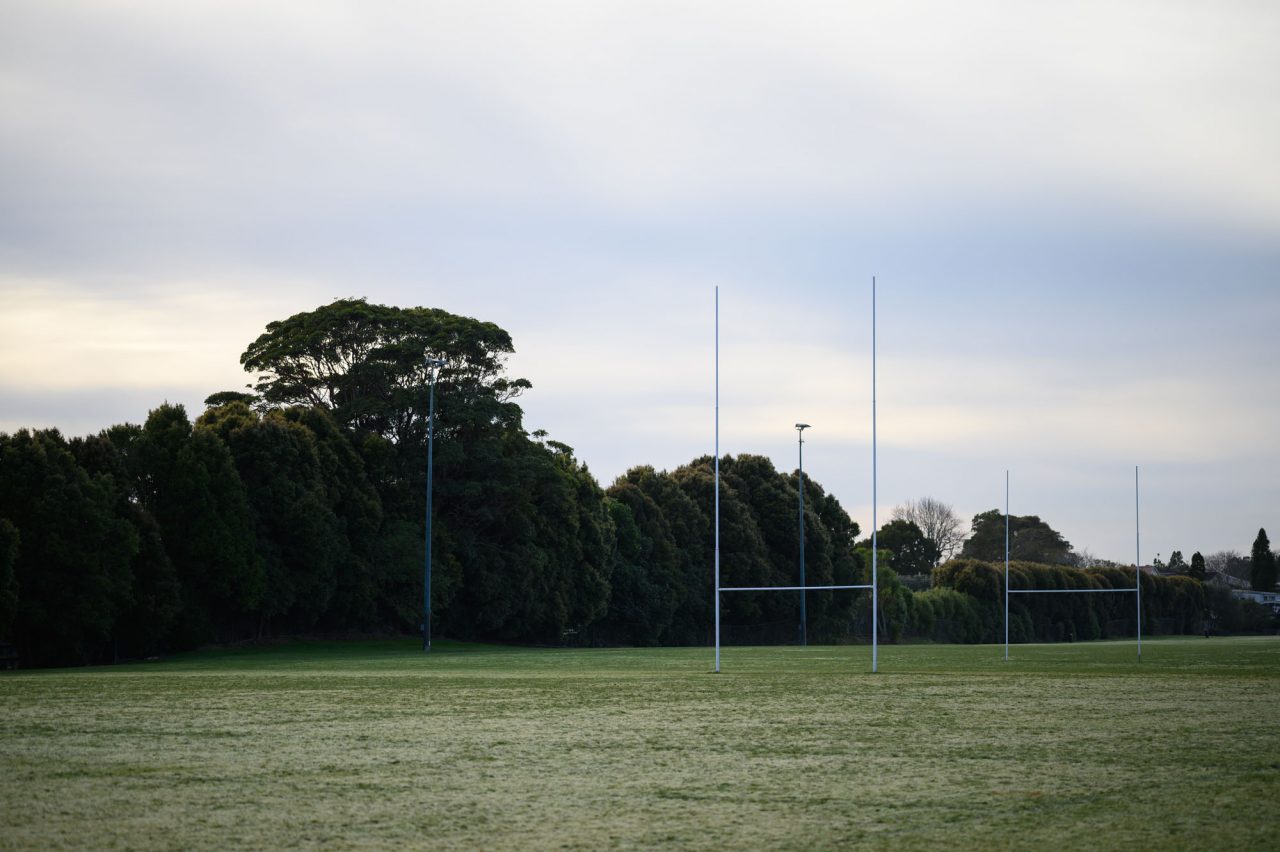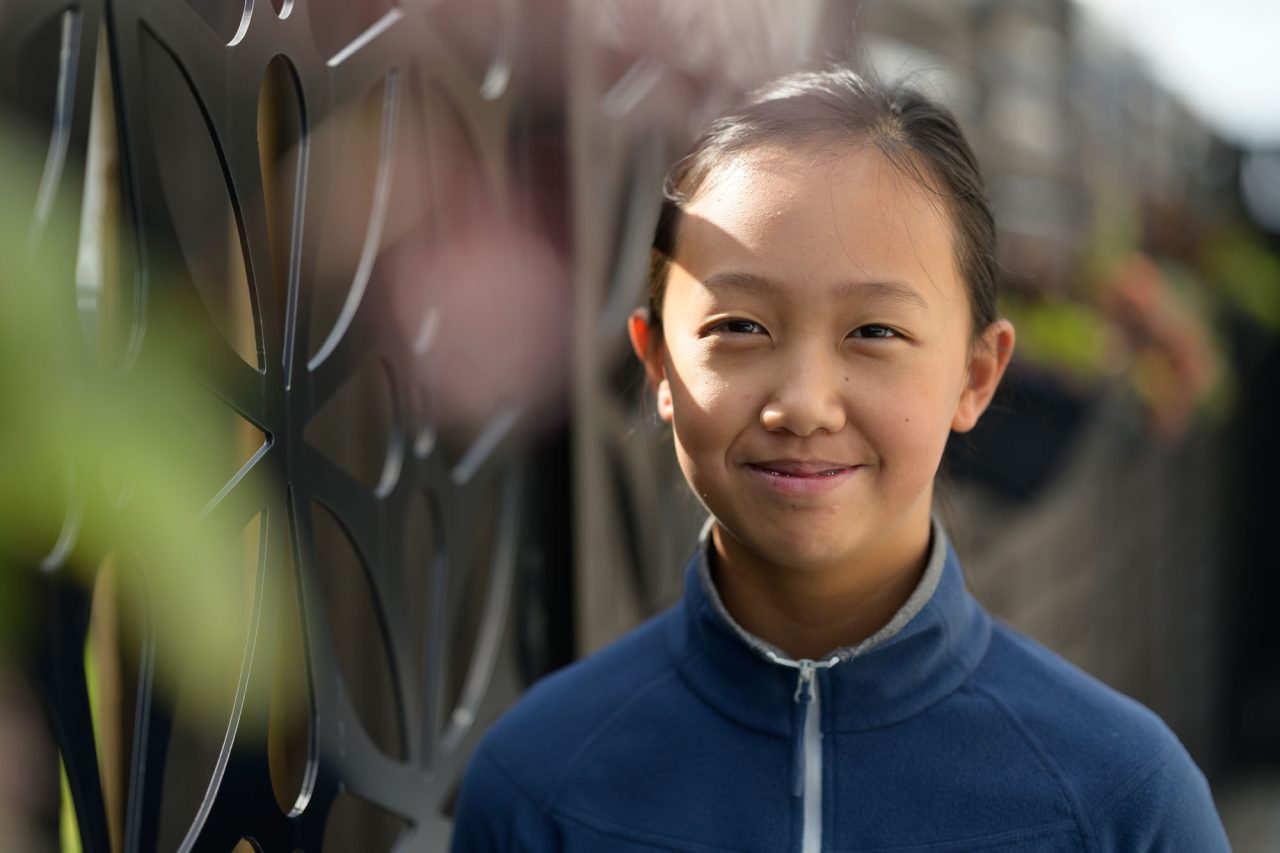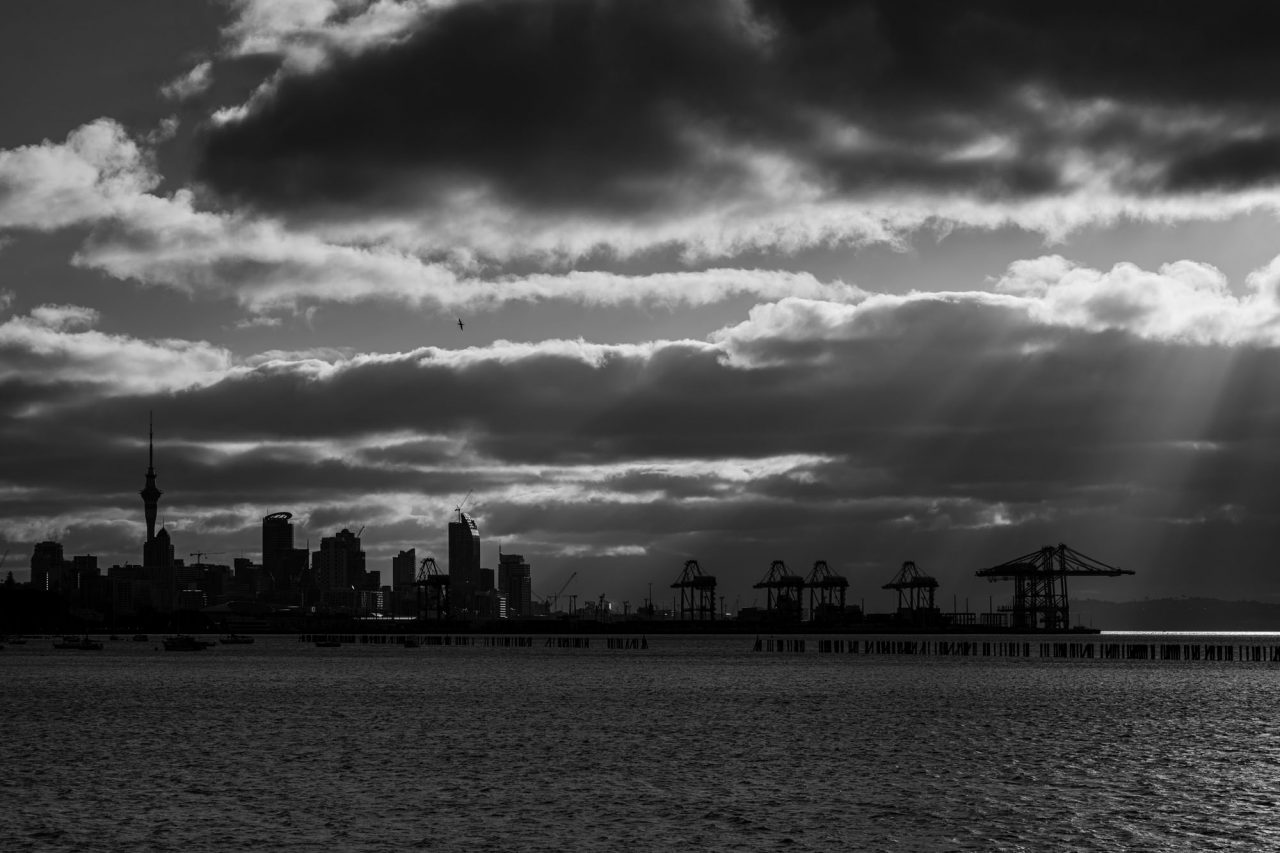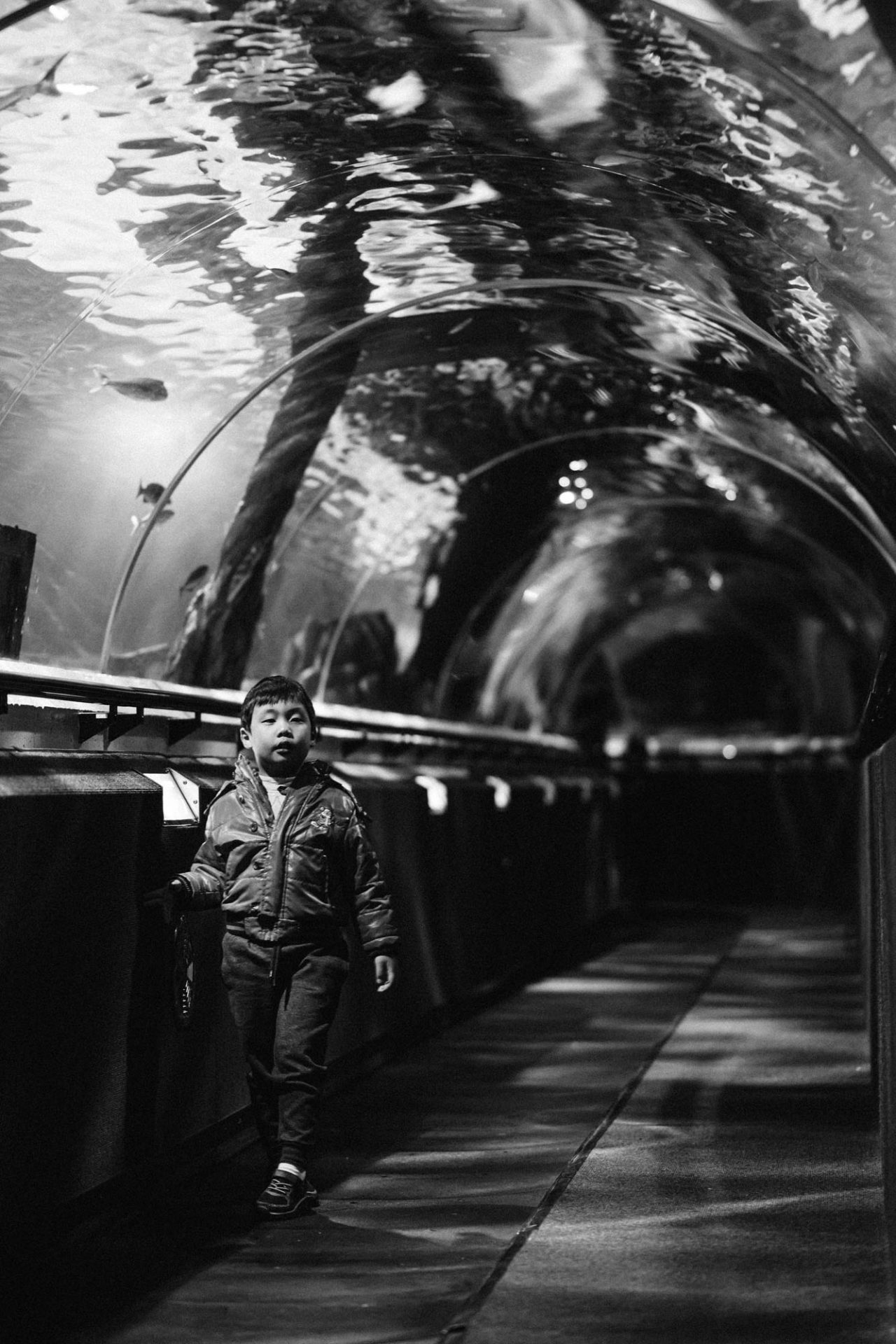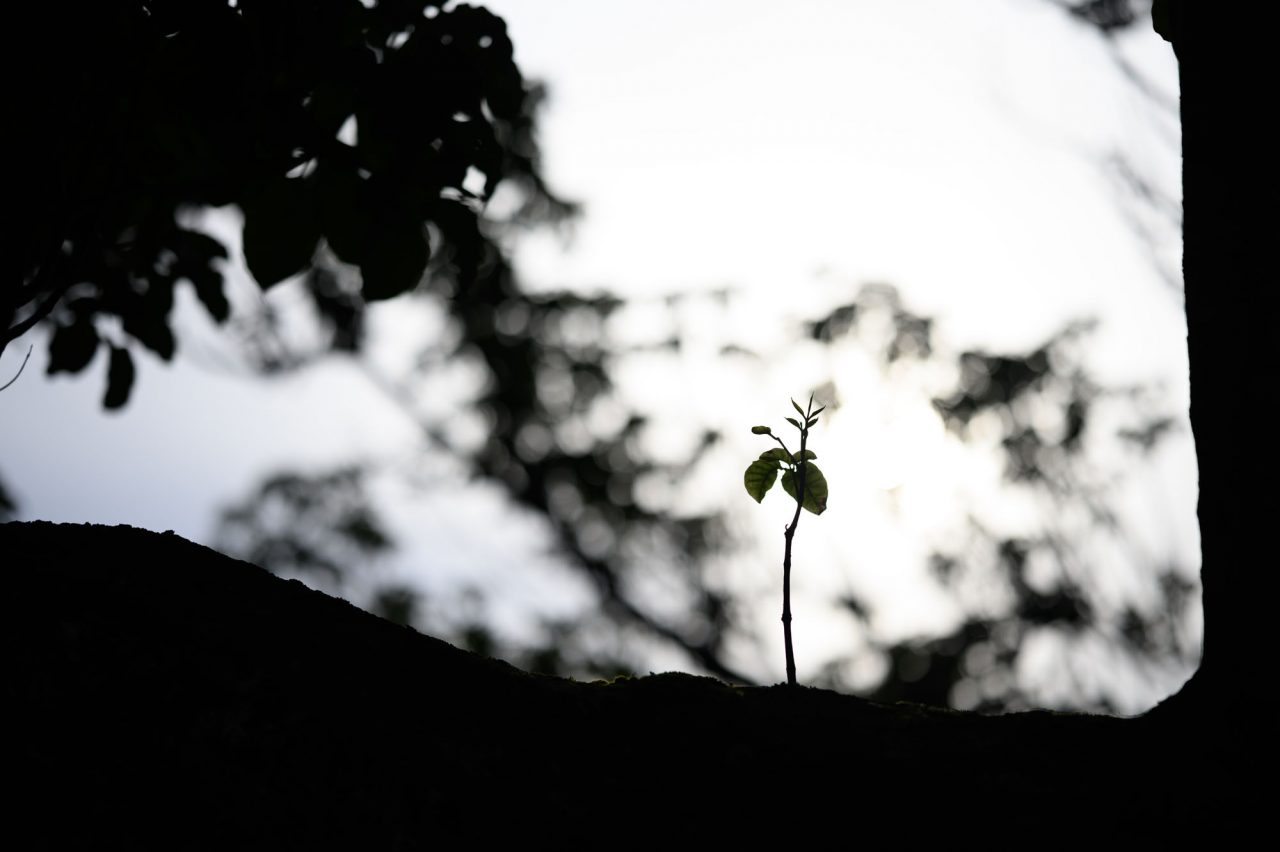Nikon Z 85mm f/1.8 S (85 1.8S) is the first portrait lens Nikon created for their new Z mount mirrorless platform. In this review, we are going to look at the lens’s body design, features, performance including image quality of this new portrait lens. We are also going to do some comparison with the Nikon AFS 85mm f/1.4G (85 1.4G) and Nikon AFS 85mm f/1.8G (85 1.8G) and see how does the new lens performance is like comparing to the two current F mount 85mm portrait lenses.
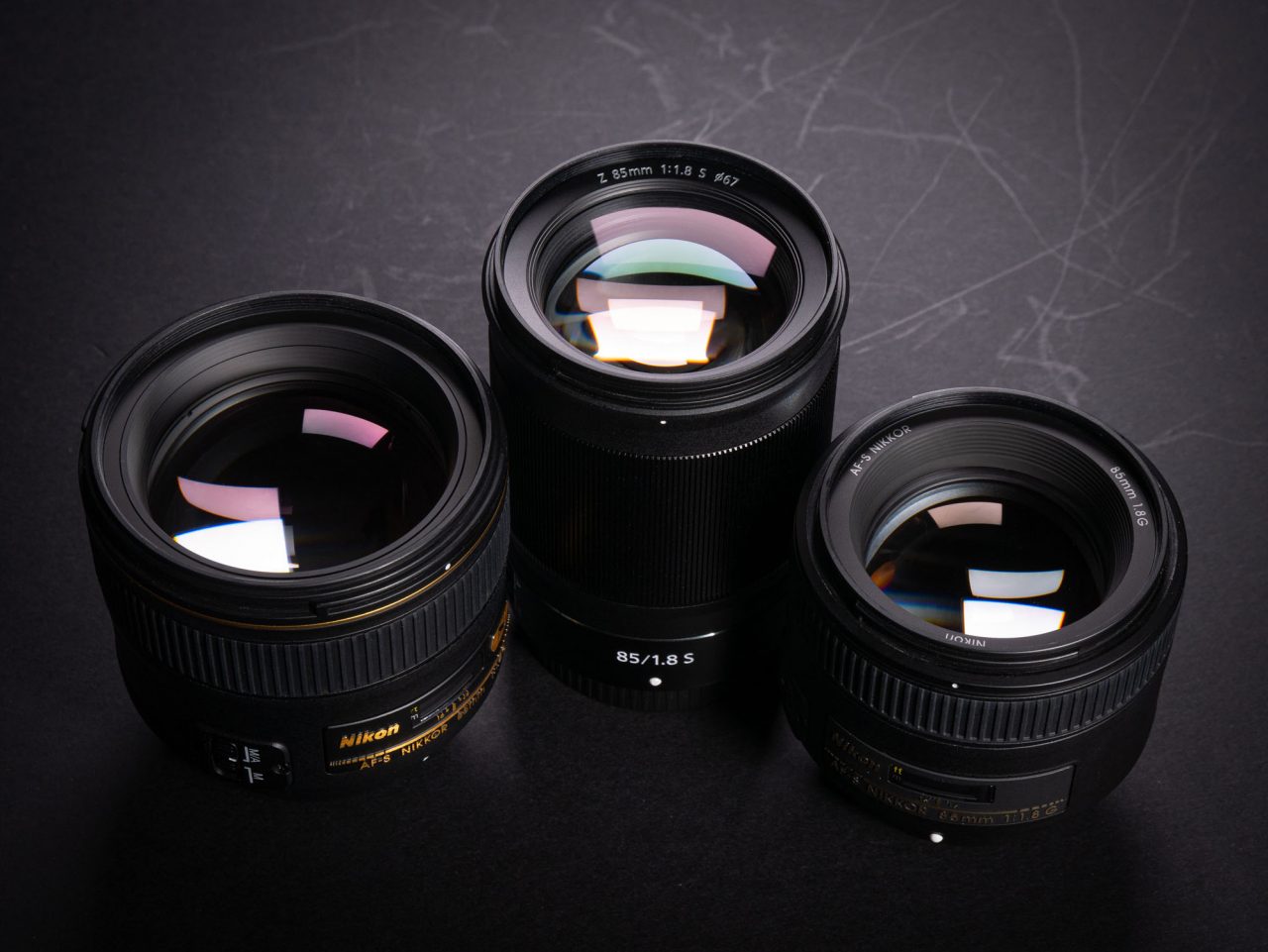
Build Quality / Design
The design of the Z 85mm f/1.8 S is very similar to the other S series prime lenses. The lens feels well made and also quite solid than it looks. This is partly because of the large metal manual focus ring which can also be customised to adjust the exposure compensation or aperture setting. This is quite a handy feature especially useful for videographers.
Putting it side by side with the two 85mm DSLR lenses, the 85 1.8 S is the tallest lens. But if you are going to use the 85 1.4 G or 85 1.8G on a Z body, then you’ll need to use the FTZ adaptor, which adds a bit of height (and weight). With the FTZ adaptor, the 85 1.8S is virtually the same height as the 85 1.8G, and they also have the same front filter thread size as well (67mm). The 85 1.4G would be quite a bit bigger, heavier and also has a larger front filter thread of 77mm.
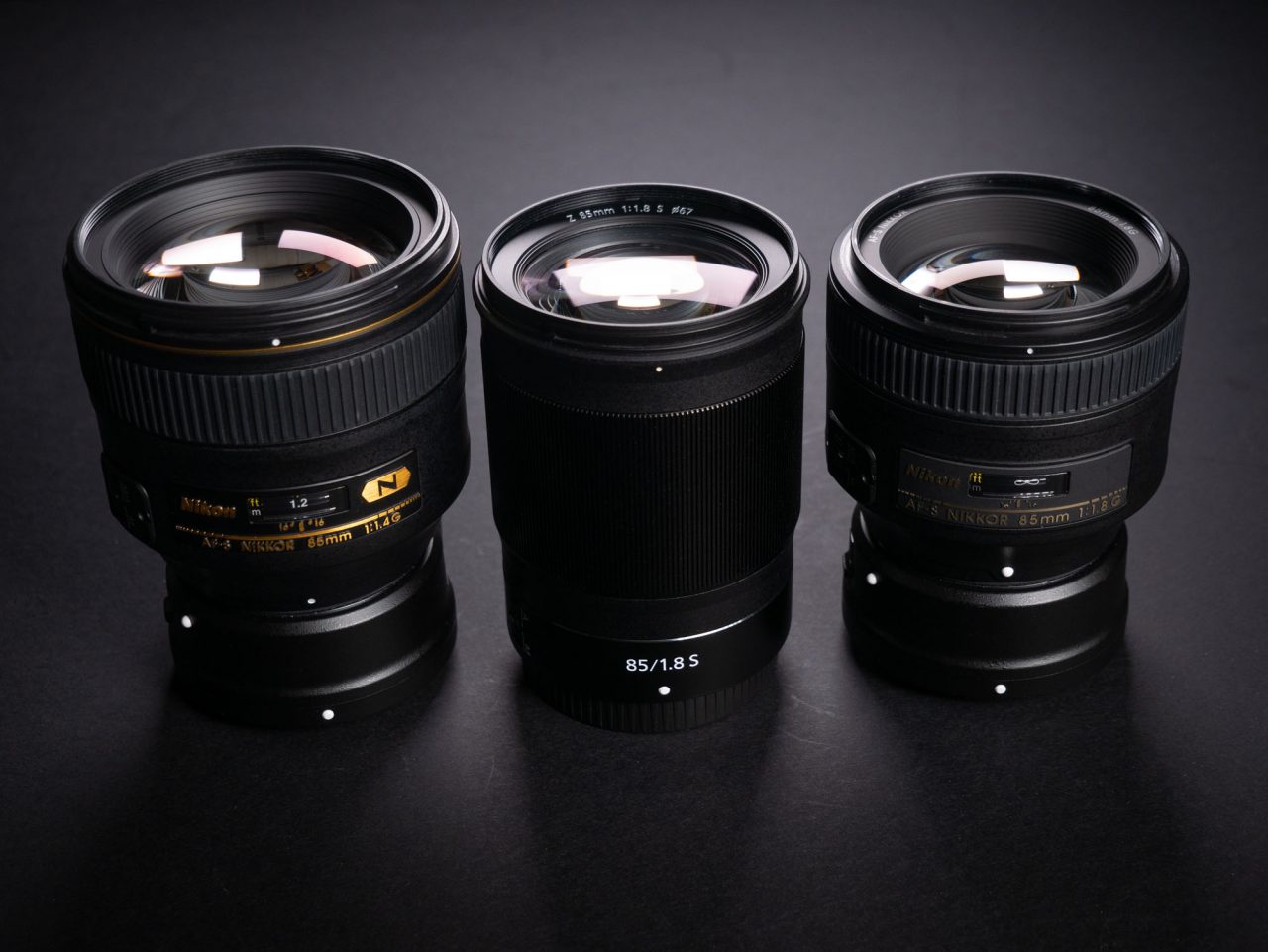
None of these three lenses has VR built-in. So they all rely on the camera body to provide image stabilisation. With the 85 1.4G and 85 1.8G, since they are adapted lenses when mounted on the Z camera, you will only get 3 axis image stabilisation from the camera’s in-body image stabiliser. With the 85 1.8S, you will get full 5 axis image stabilisation because it is a native Z mount lens. I have not done any image stabilisation tests but in theory, you should be able to get better image stabilisation results when taking photos and also smoother footage when shooting videos.
Autofocus
The 85 1.8 S has Nikon’s new stepping autofocus motor. When shooting photos, the autofocus is smooth but doesn’t really feel any faster than the 85 1.4G or 1.8G. Autofocus accuracy is not an issue it’s always accurate as long as you are shooting within the camera’s limits.
When shooting video with continuous autofocus, the autofocus is very smooth and the transition looks very organic. In comparison, autofocus with the 85 1.4G and 1.8G is actually a bit faster but you would quite often see the autofocus jump quickly to almost the correct focus distance (80-90% there), but then would hesitate a bit and finally lock onto the subject. Nowhere as smooth as the 85 1.8 S. If you are a videographer that relies on autofocus, the 85 1.8 S would be the much better lens for more cinemtaic focus transition.
Focus Breathing
All three lenses have quite a bit of focus breathing. Surprisingly it is the 85 1.4G that appears to have the least amount of focus breathing. I was really expecting the 85 1.8 S would be the lens with least focus breathing instead.
Image Sharpness
Personally I think image sharpness is not really important for a portrait lens but this is just my personal opinion so I’ve done some comparison tests of the image sharpness with the 85 1.4G and 85 1.8G on a Nikon Z7.
Look at the centre sharpness first. We can easily see the 85 1.8 S is the sharpest lens at f/1.8 and it is much sharper than both the 85 1.4G and 1.8G.
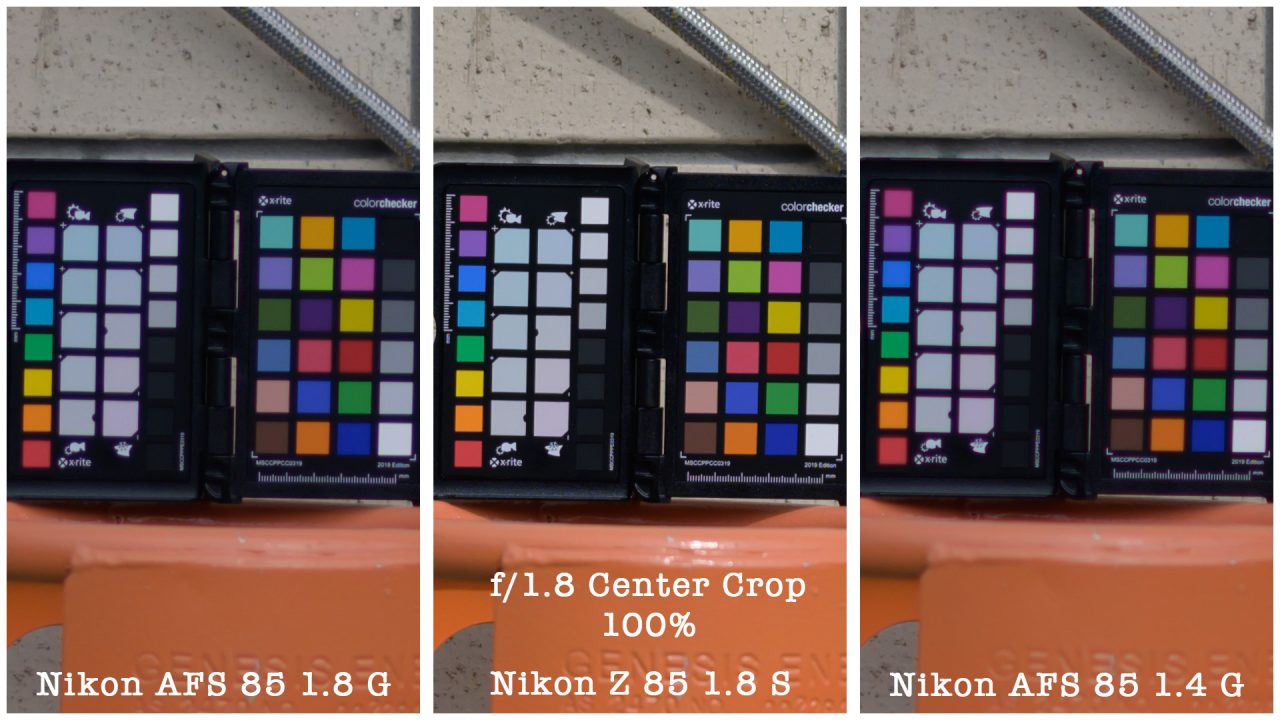
The 85 1.8S is so sharp I would say at f/1.8 it is just as sharp as the other two lenses at f/2.8!
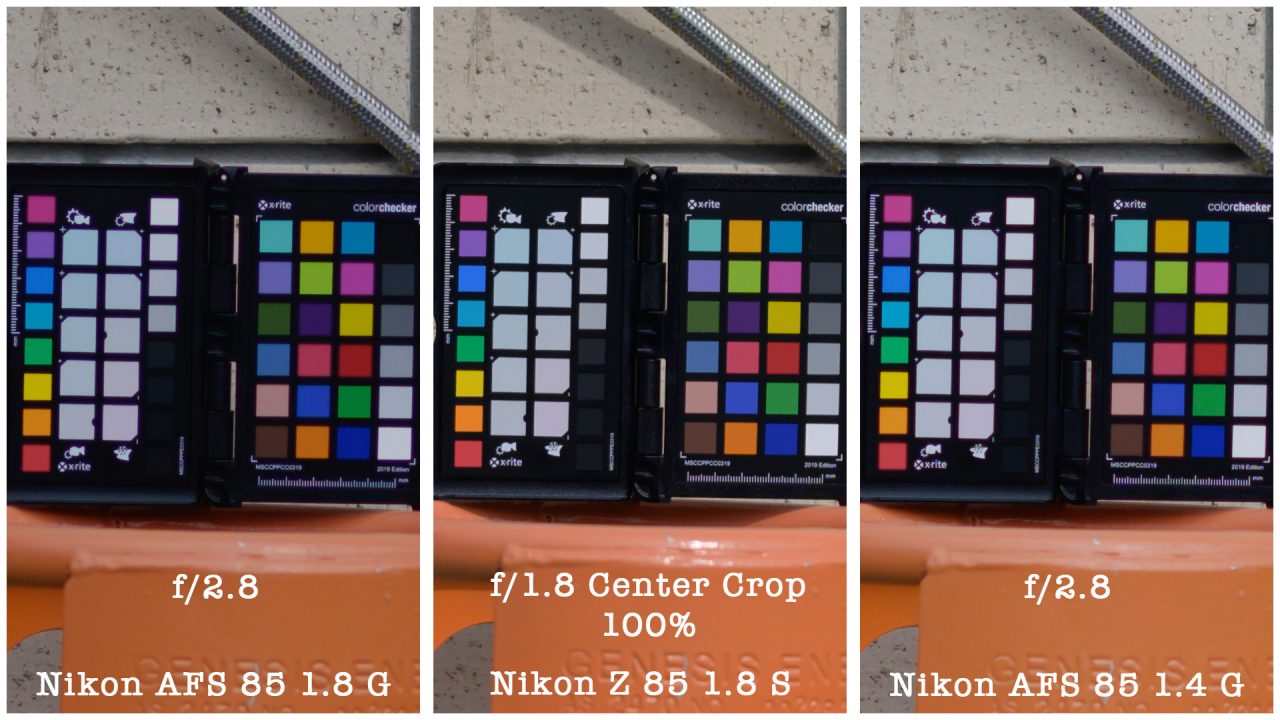
Look at the corner of the photo, once again, the 85 1.8S is much sharper than the other two lenses. Surprisingly, the 85 1.4G seems to be a bit softer than the 85 1.8G at the corners.
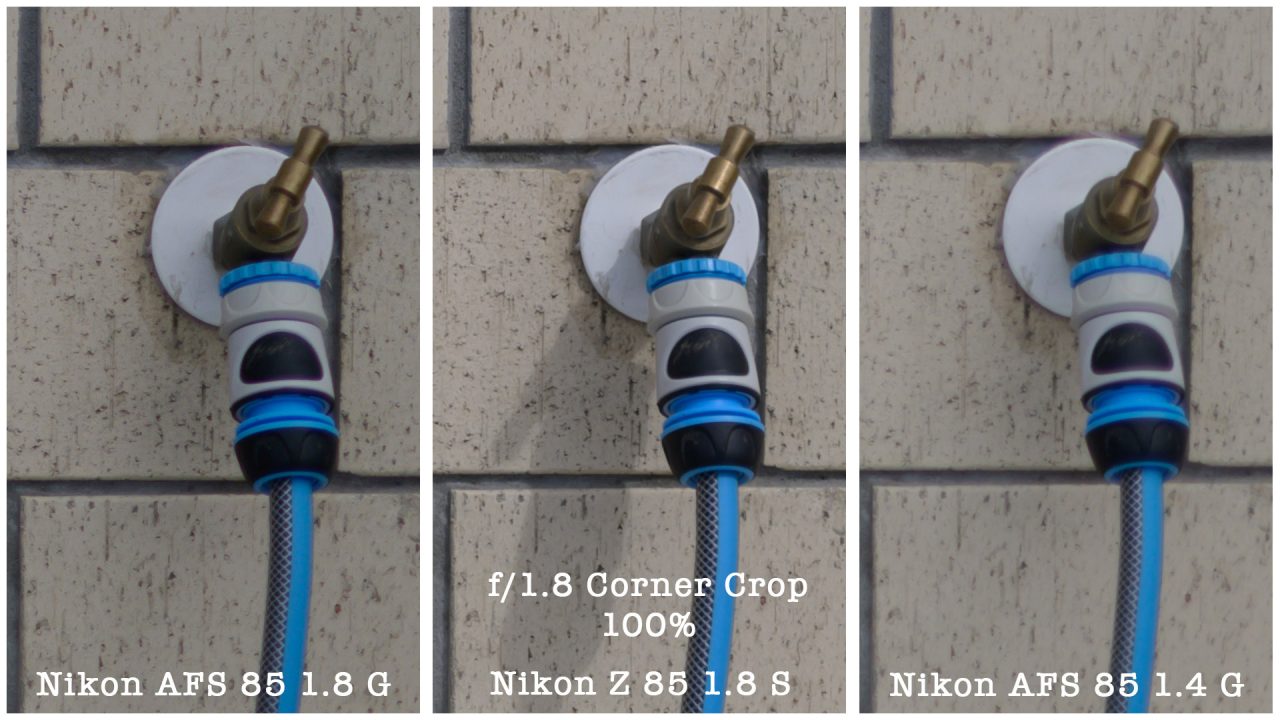
Bokeh
For a portrait lens, bokeh is probably more important than sharpness. And here is a set of comparison photos shoot at f/1.8

You may probably notice that the bokeh from both the 85 1.8G and 85 1.8S has noticeable cat’s eye effect while the bokeh from the 85 1.4G is more round. This is probably due to the larger front element on the 85 1.4G which helps minimise that cat’s eye effect near the edge of the frame.
Otherwise, bokeh from all the three lenses all looks quite pleasant as you would have expected from Nikon’s portrait lens. When I zoom in the photos and did a bit of pixel peeping, I noticed the bokeh from the 85 1.8G and 1.4G both have a bit of colour fringing at the edge while the 85 1.8S doesn’t have that colour highlight which makes the bokeh from the 85 1.8S a bit smoother and more pleasant looking.
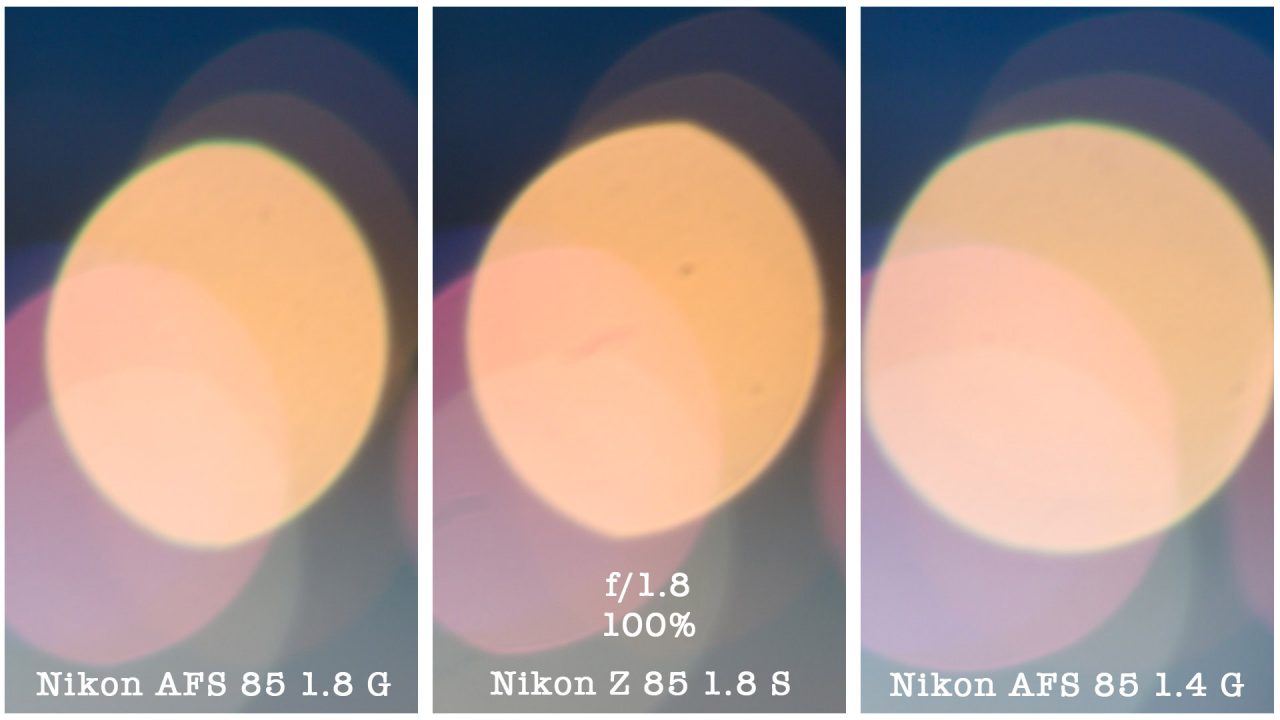
If you don’t mind having a bit of cat’s eye effect, I would say the bokeh from the 85 1.8S is the smoothest and most beautiful. But if you don’t really like cat’s eye effect, then the 85 1.4G would give you the most rounded bokeh at large aperture.
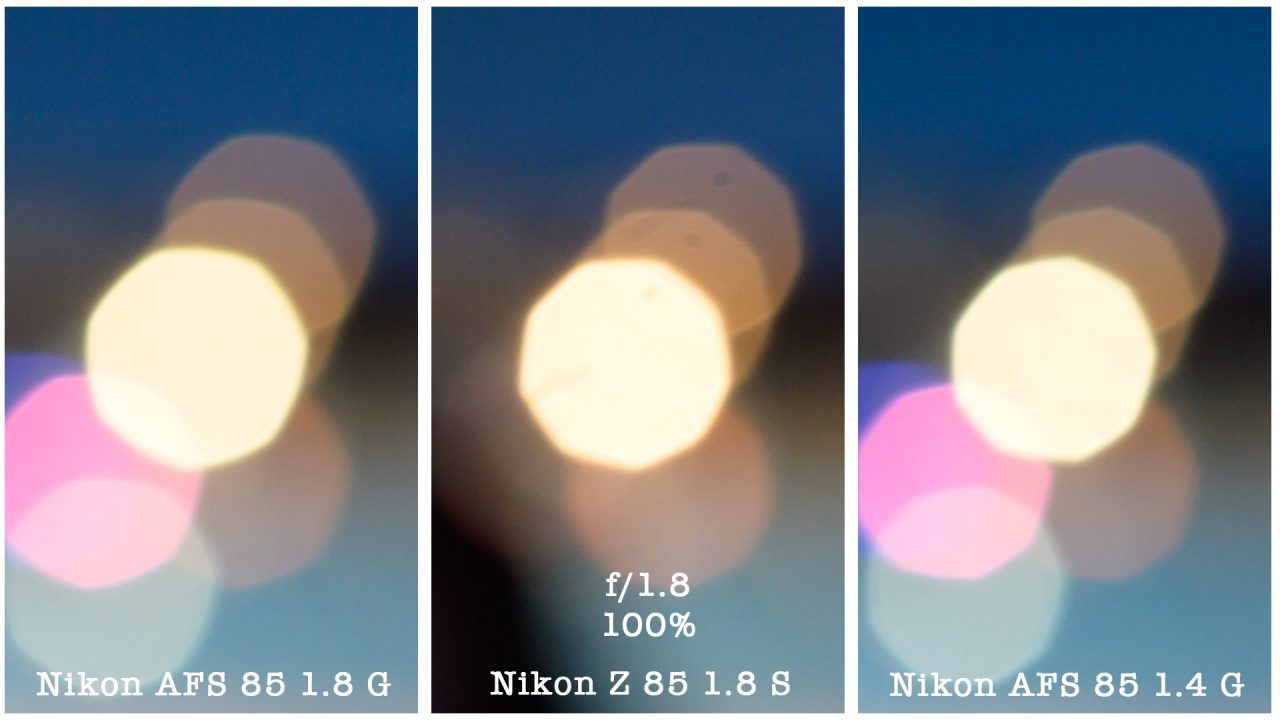
When you stop down the lens a bit, the bokeh from the 85 1.8G doesn’t look as round as the 85 1.4G and 85 1.8S. This is because the 85 1.8G has a 7 aperture blade design while the other two lenses both have a 9 aperture blade design.
Lens Flare
When shooting portrait and weddings, I quite often love to shoot backlit portrait photos. i.e. I would place my subjects in front of a strong light source. This is to create the beautiful dreamy rim light around the edges of my subject. But because of that, the lens’s flare resistance performance is very important for the portrait lens I used and I believe a lot of portrait photographer also love to shoot backlit portrait photos as well.
While the 85 1.8G’s flare resistance isn’t that bad at all, the Nano coated 85 1.4G and 1.8S are both much better when I have to shoot into a really bright light source. Photos from both of these lenses have very minimal lens flare even when I was shooting directly into the sun. The 1.8S seems to have slightly less lens flare and able to maintain a bit better than the 85 1.4G.

When shooting into a bright light source in front of a dark background, the 85 1.8G again has the most noticeable ghosting. The 85 1.4G is much better than the 85 1.8G but once again, it’s the 85 1.8S that has the least amount of ghosting. Consider the Nano coated 85 1.4G already has excellent flare resistance, I’m truly impressed by what Nikon managed to achieve with the 85 1.8S!

Chromatic Aberration
Shooting backlit portrait can easily result in ugly Chromatic Aberration (CA) around the high contrast area. Usually a fast lens like 85mm portrait lens would have quite a bit of CA especially when you are shooting at maximum aperture.
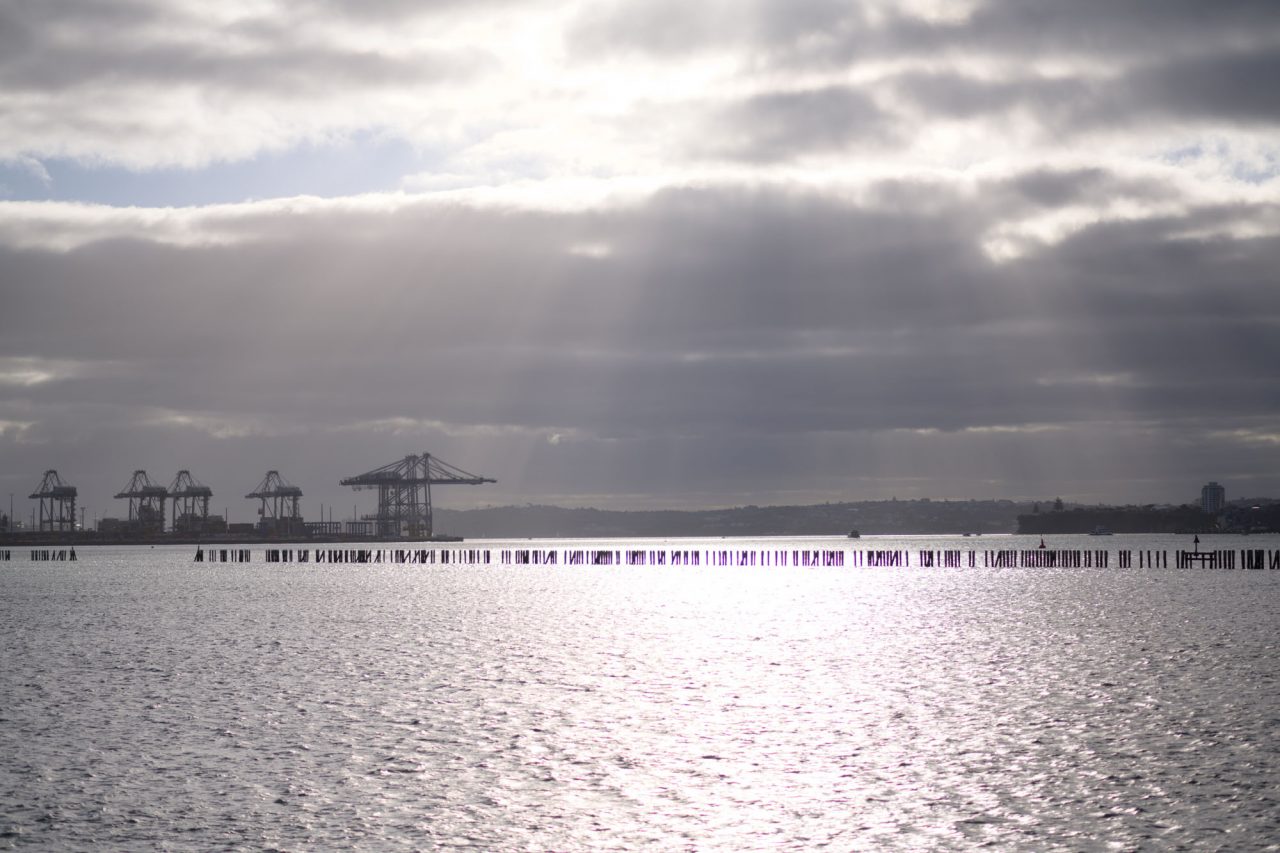
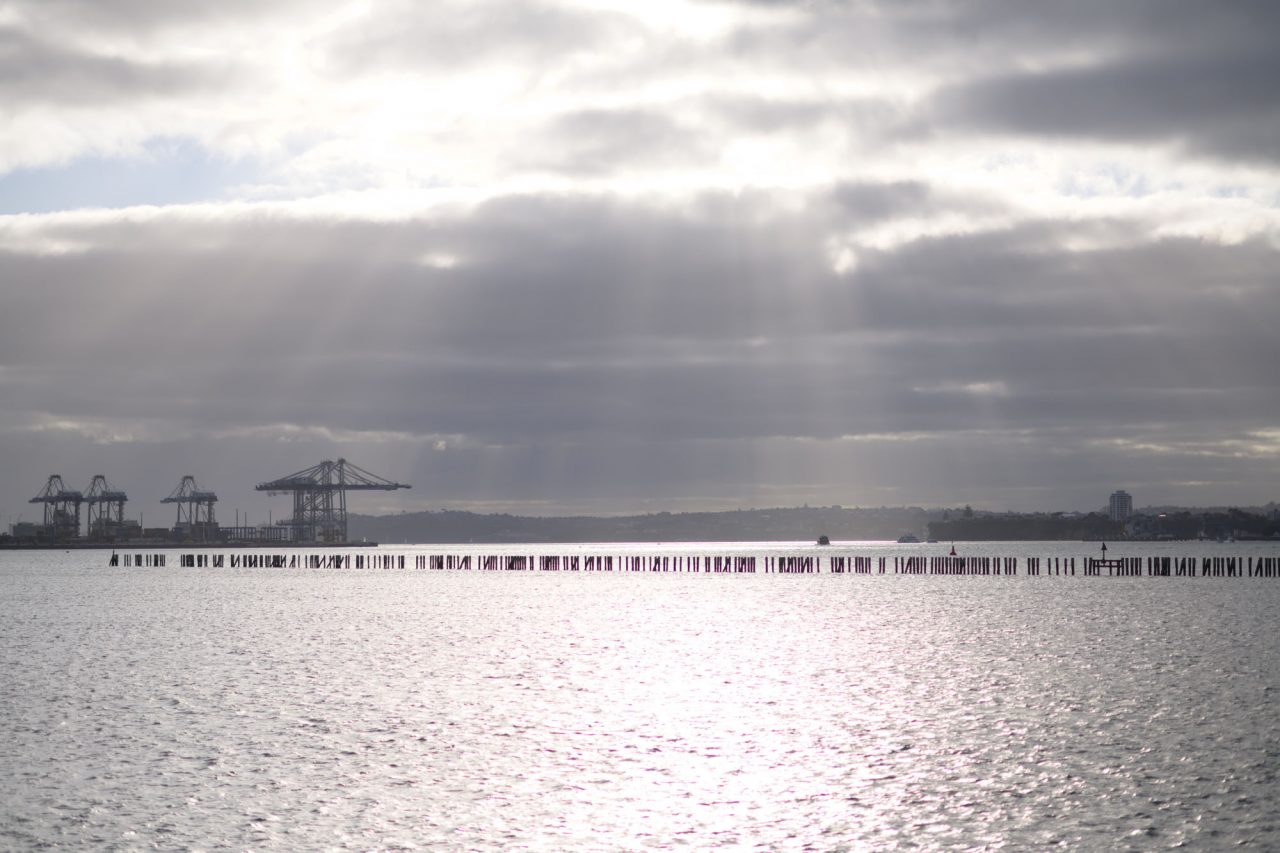
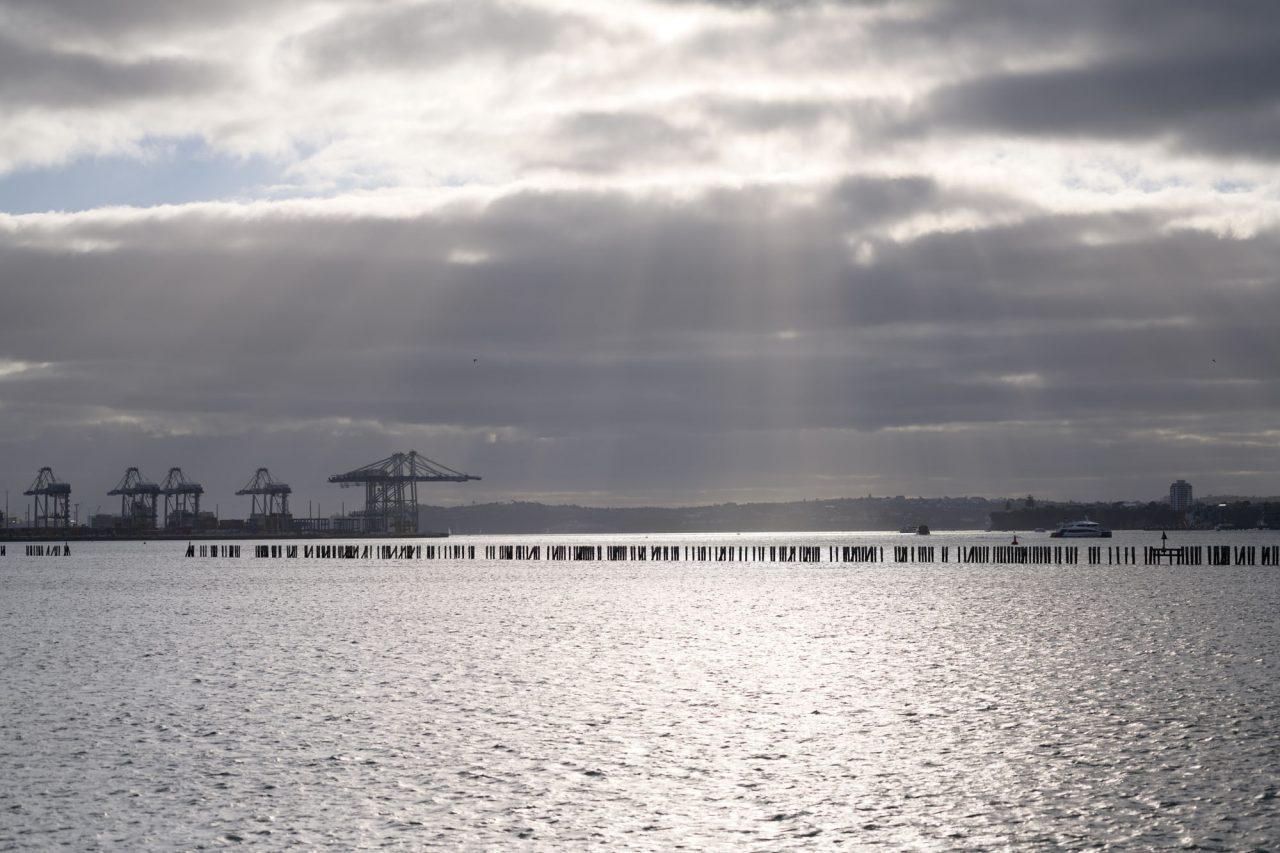
If you look at these three sample photos all shot at f/1.8, you can easily see that the photo shoot on the 85 1.8G has quite a lot of CA. The photo from the 85 1.4G is also quite similar but slightly less amount of CA.
Look at the photo shoot on the 85 1.8S, you see virtually no colour fringing at all. Even when I examine the photo at 100% zoom, i still see virtually no CA in the whole photo. Impressive!
Vignetting
All three lenses managed to keep vignetting at a minimal level even at f/1.8. The 85 1.8 S has slightly less vignetting but the difference is quite small.
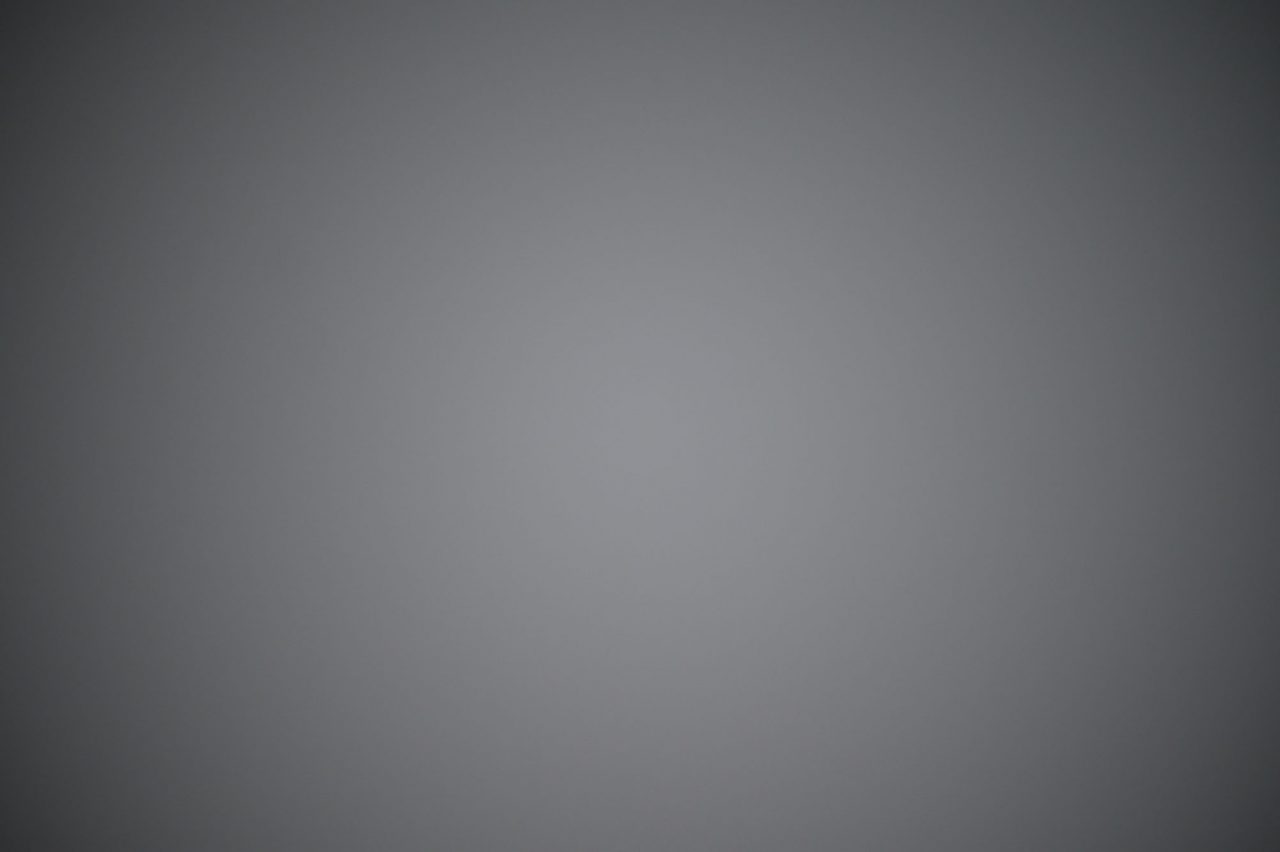
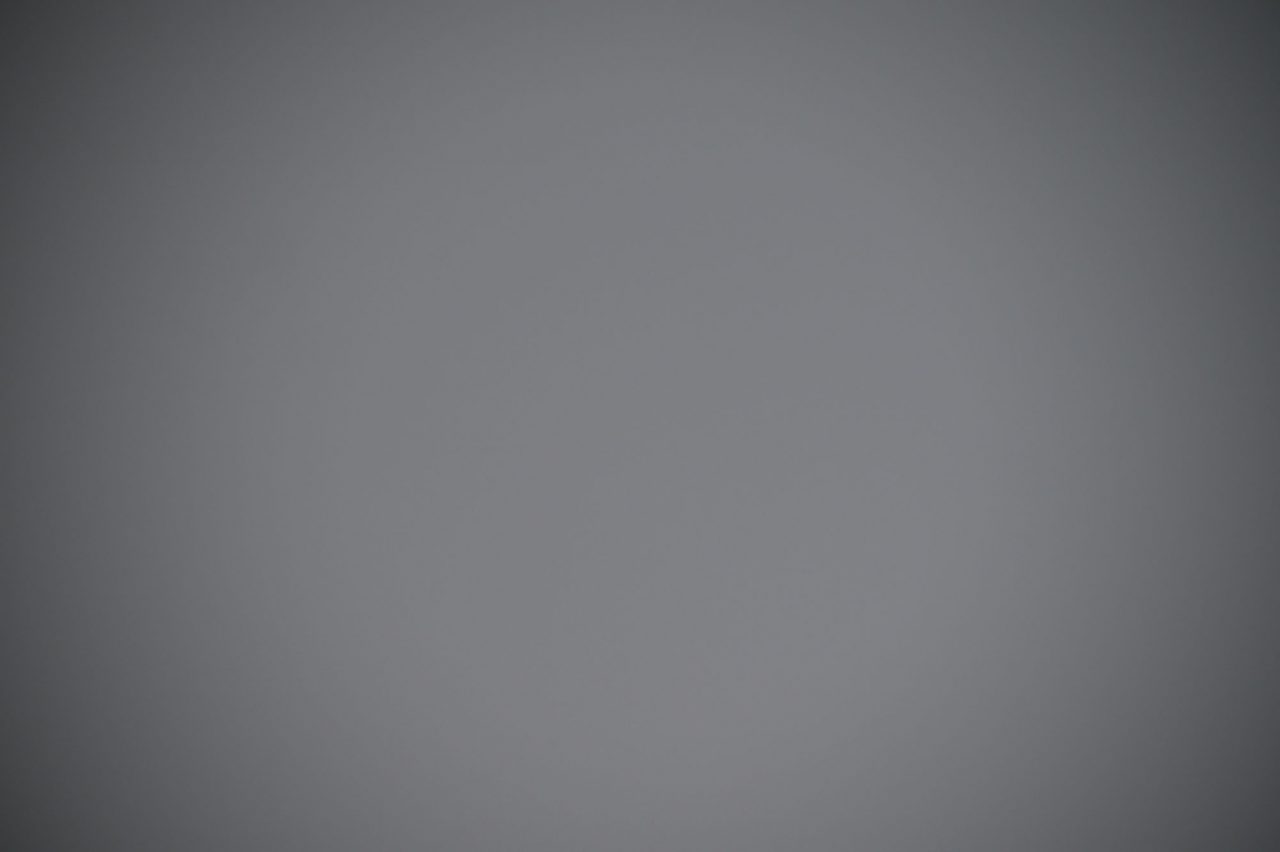
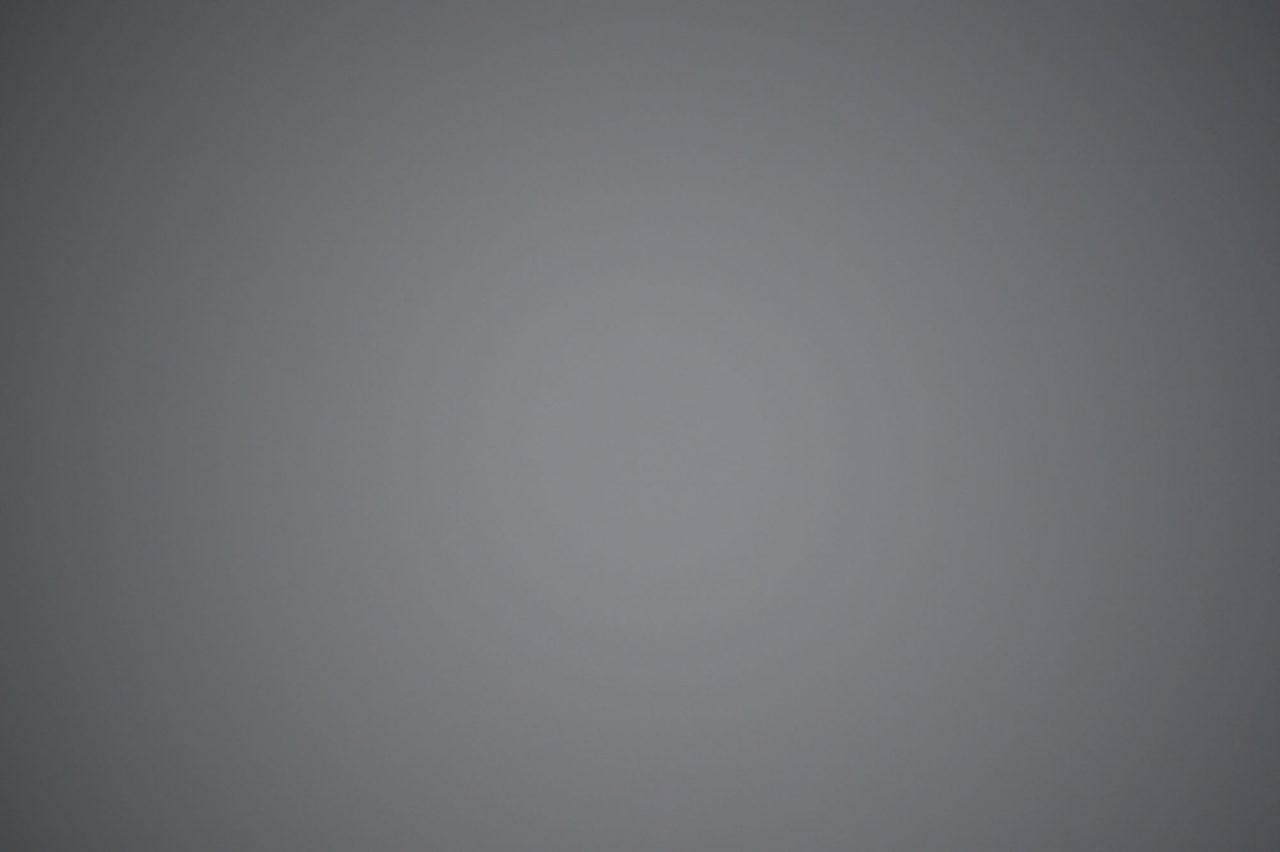
Distortion
Distortion is also minimal from all three lenses. I cannot really tell which lens has the least amount of distortion even when examining the brick wall photos.
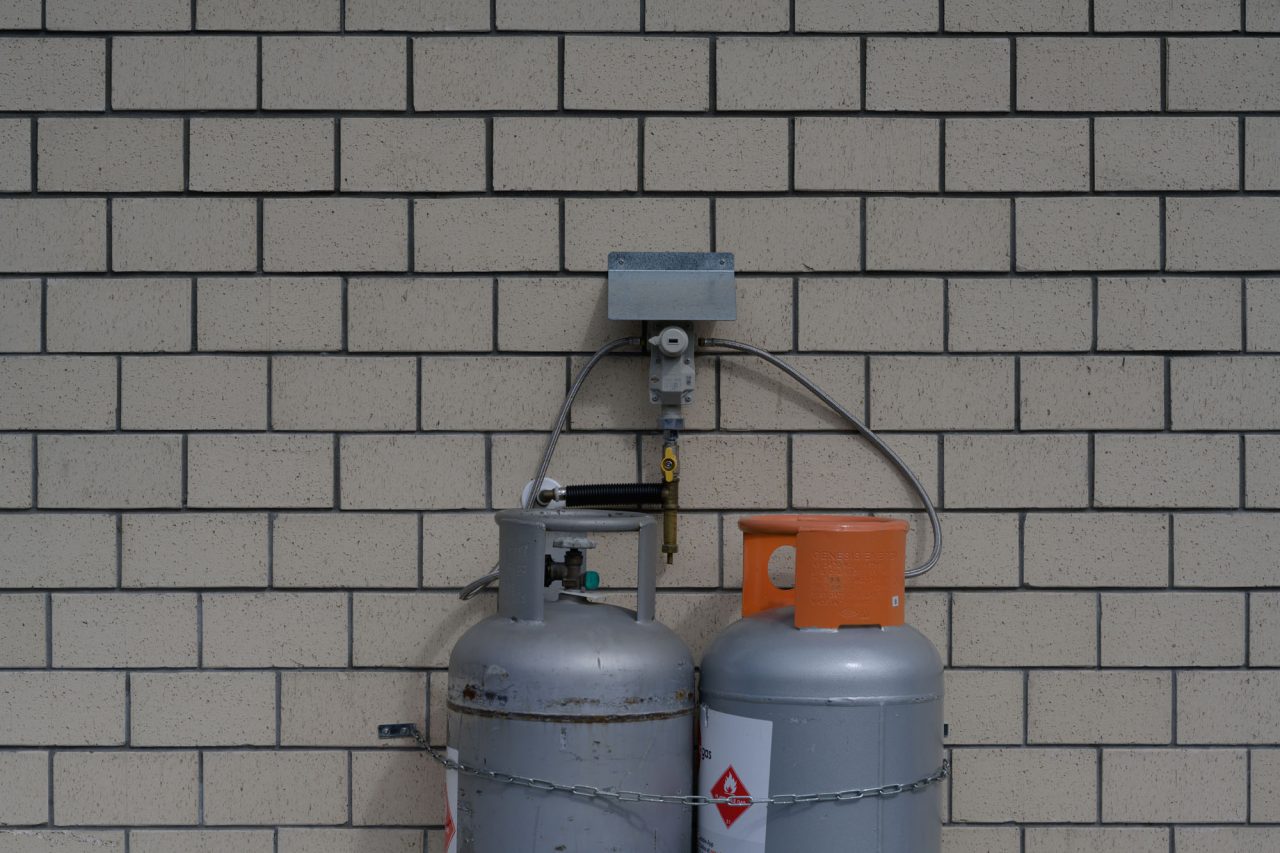
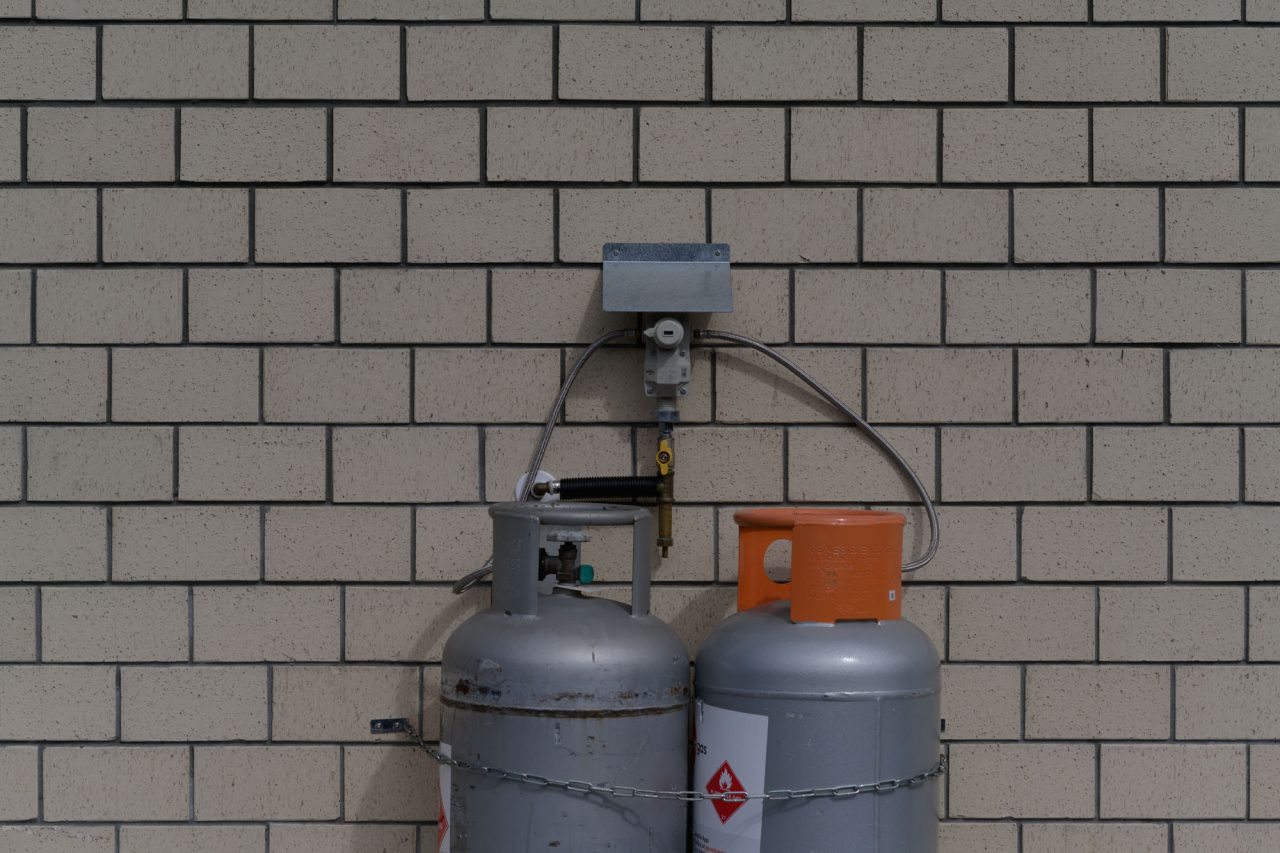
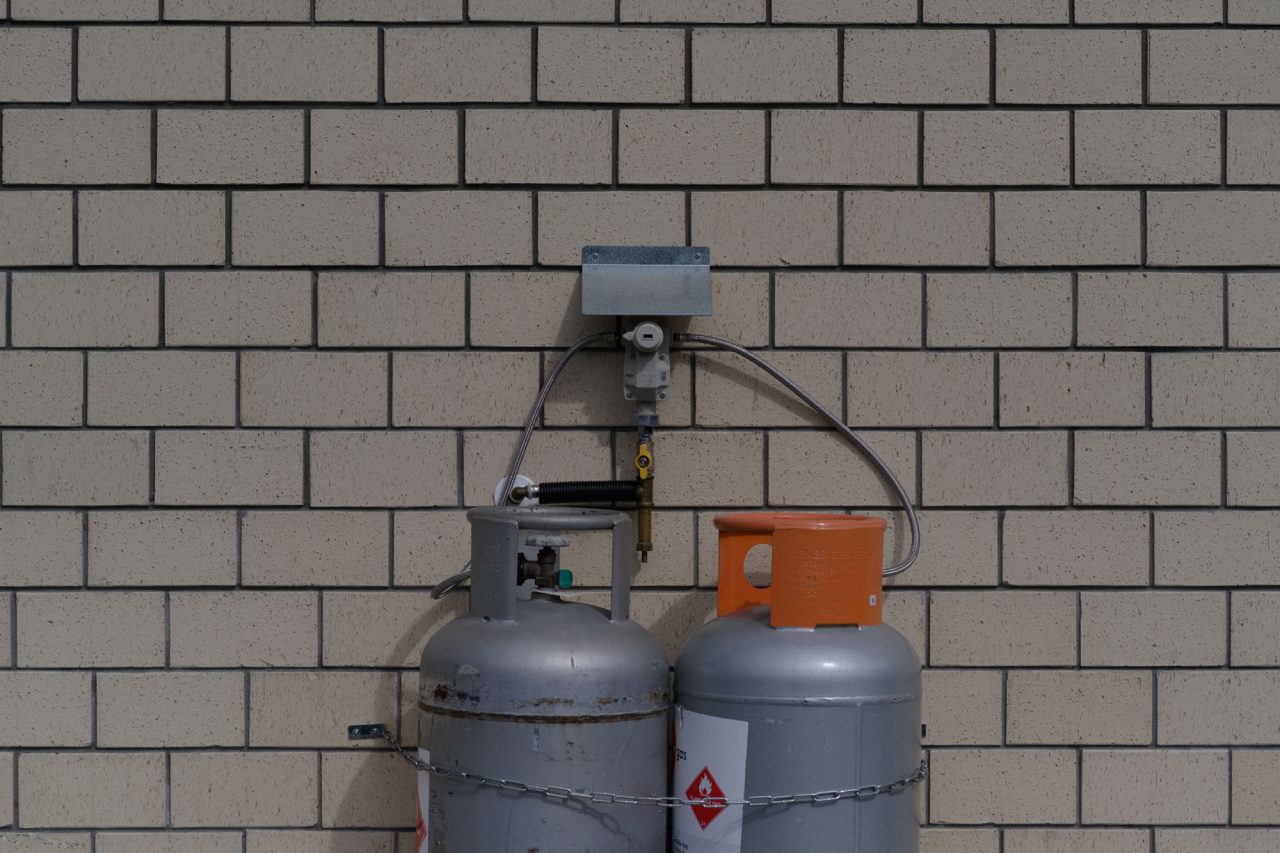
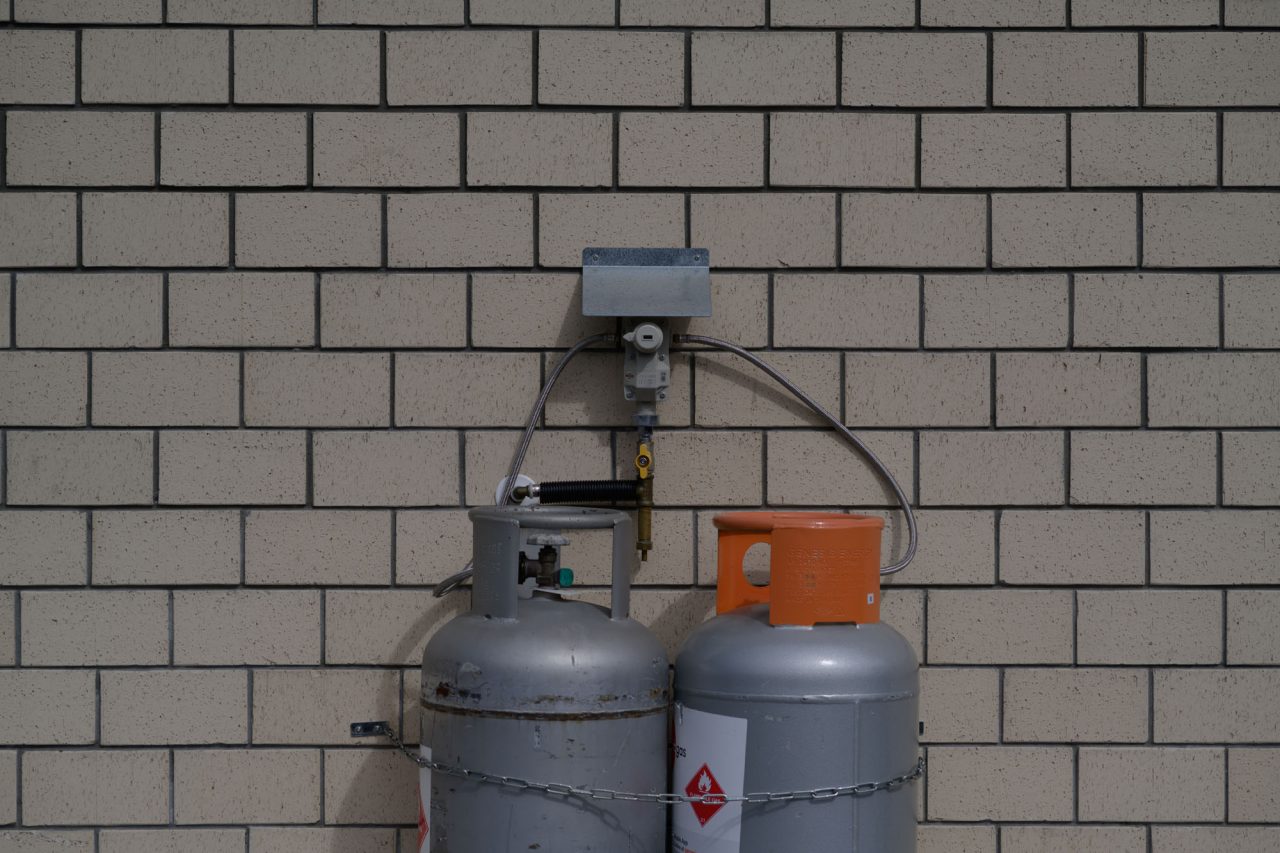
Conclusions
With the Z 85mm f/1.8 S lens, Nikon has really raised the bar of 85mm portrait lens. The image quality of this lens is absolutely amazing even when compared to the already excellent 85 1.8G and 1.4G. Sharpness (both center and corner), flare resistance, CA, vignetting, bokeh, distortion are all excellent and in some area much much better than both of the DSLR lenses!
The 85 1.8S is not only Nikon’s best 85mm portrait lens, but it’s also a very solid proof that the new Z mount allows them to create much better lenses than the F mount.
If you are a Nikon Z shooter and looking at buying a portrait lens, this should be the lens at the top of your list.
And if you are currently a Nikon DSLR shooter and debating whether you should invest in the Nikon mirrorless system, this lens gives you one big reason why you should do it.
After testing this 85mm f/1.8 S lens, I feel really excited about the future Nikon S lens line up!
Sample Photos
